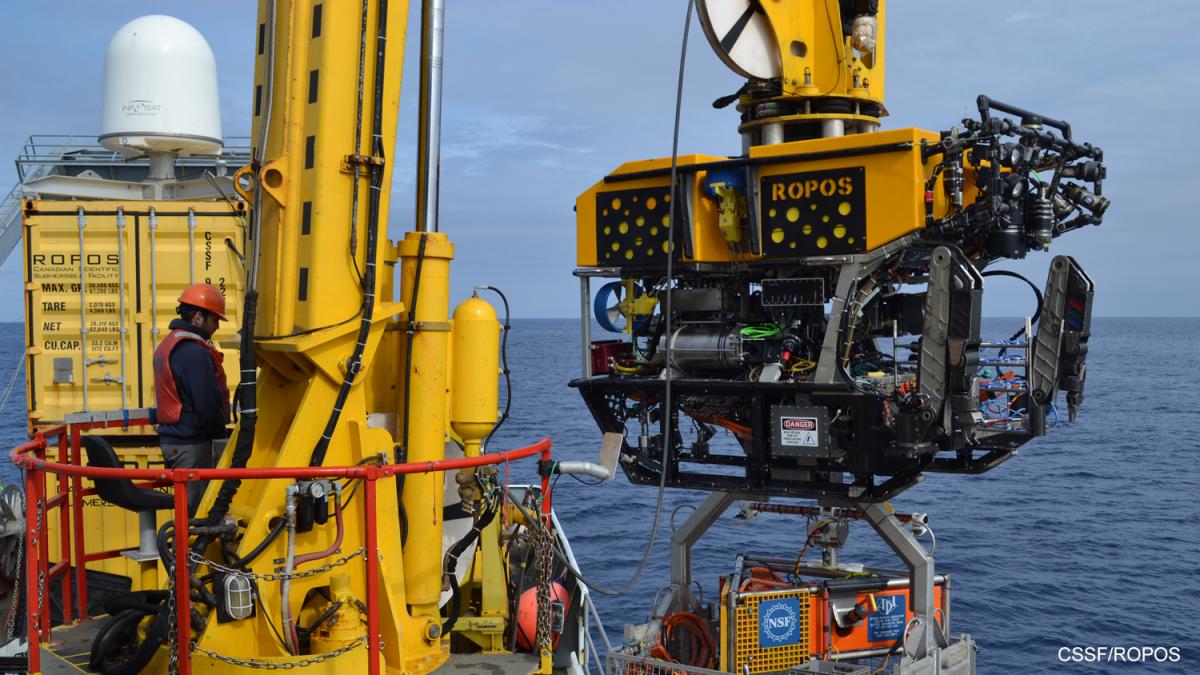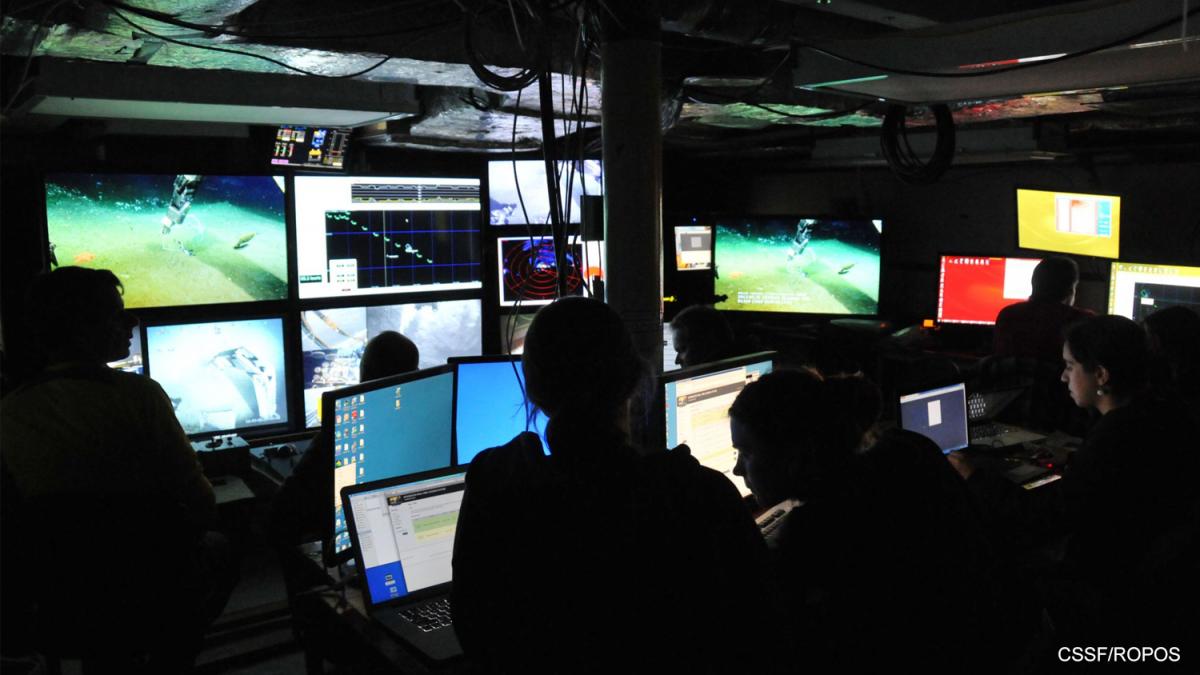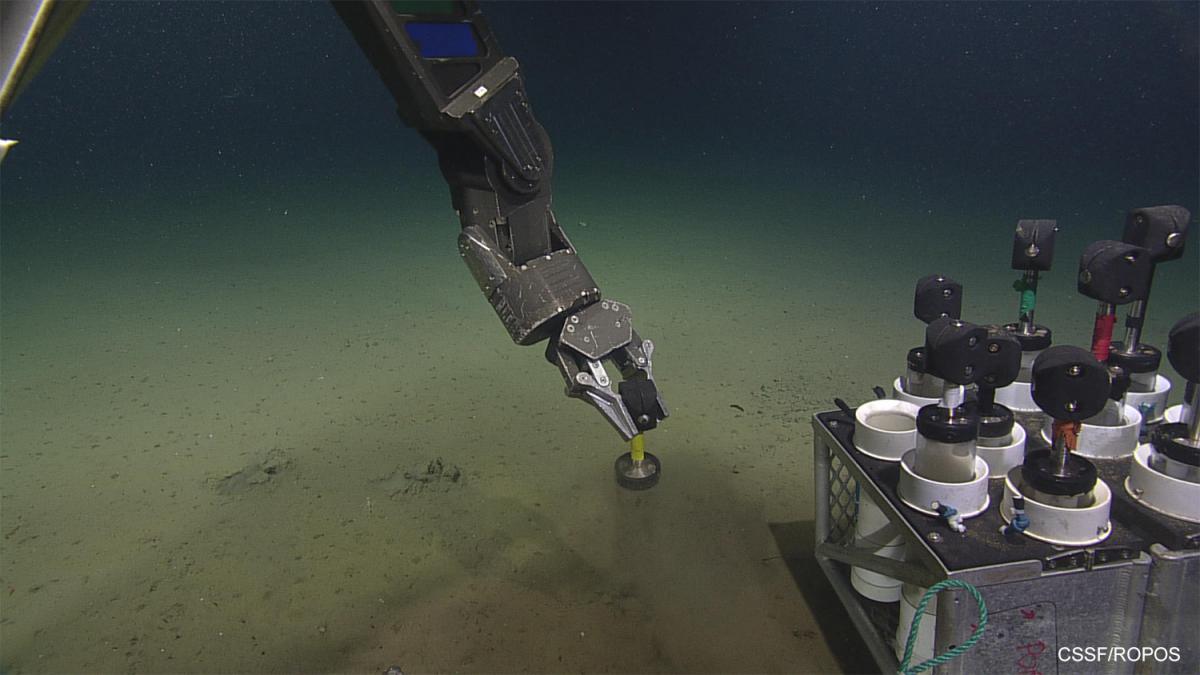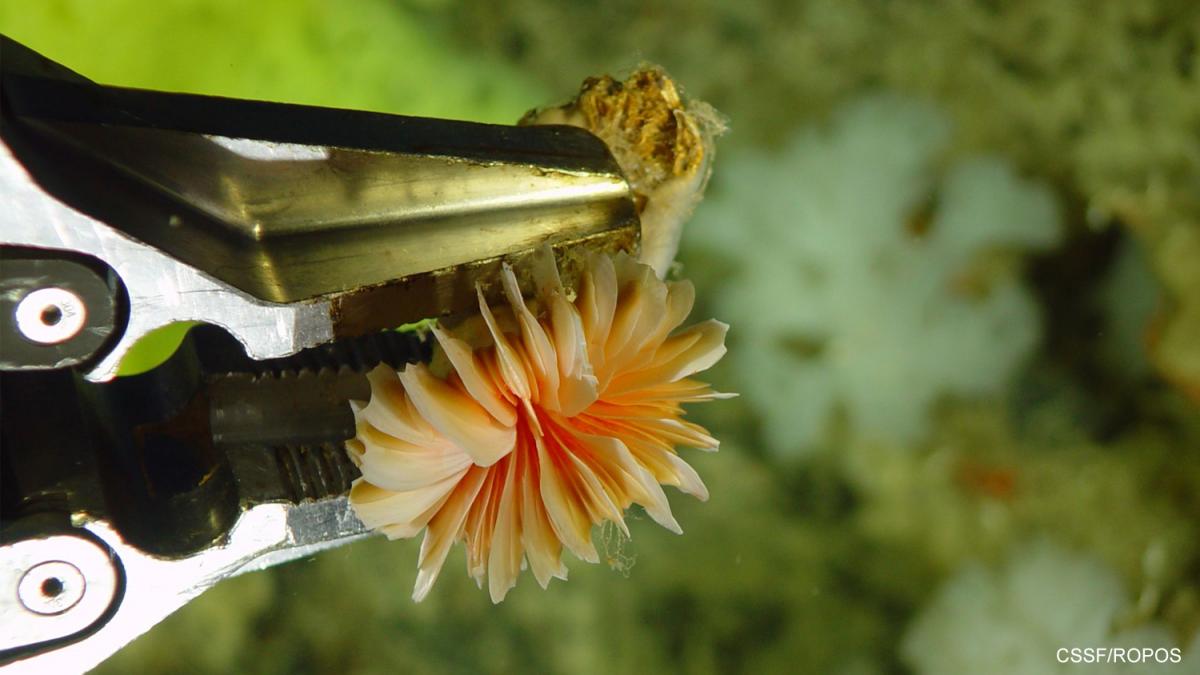June 22, 2017
Underwater Robots are helping to Save the Seas
Estimated reading time: 0 minutes
Oceanographic research has come a long way, thanks to advances in technology. Throughout history, we’ve made vast improvements to ships, navigation tools and the instrumentation needed to collect data on ocean ecosystems. One of the most advanced technologies available today for oceanographic research are underwater robots, called Remotely Operated Vehicles (or ROVs). Thanks to this technology, we now have a better understanding of the incredible diversity of life in the ocean. This information is being used to not only better understand marine habitats, but also find ways to protect them.
Within this class of ROVs is the ROPOS, the product of more than 25 years of collaboration with world-leading ocean scientists, engineers and students. The ROPOS is a best-in-class ROV with the ability to reach depths of 5,000 meters. It has two HD cameras, six pilot and tooling cameras, a 12.1 megapixel digital still camera and more than 3,700 watts of lighting. Its robotic manipulators have the dexterity and accuracy necessary to perform fine movements, such as collecting samples, which can be stored in the ROPOS’ bio-boxes that are labelled for detailed data recording.

From a command centre on board the ship, technicians and scientists direct the movements of the ROPOS. This team collaborates to collect samples, record observations and take detailed photo and video evidence of the diverse and complex life found on the sea floor.

This summer, Oceana Canada has helped bring this technology to the Atlantic coast to support research and habitat protection in both the Gulf of Maine and the Gulf of St. Lawrence. In the Gulf of Maine, the ROPOS was deployed from June 8 -22 in waters off the coast of both Canada and the United States.

This cross-border expedition collected samples of cold-water corals and soft sediment. The ROPOS also captured HD footage which was livestreamed for anyone with an internet connection to join in on oceanographic research.

In August, it will be back in action in the Gulf of St. Lawrence, and again, we will be livestreaming the expedition for all of you to join us. The Gulf of St. Lawrence has never been explored with this technology before, providing a unique opportunity to see the ocean floor in a way never before possible.

